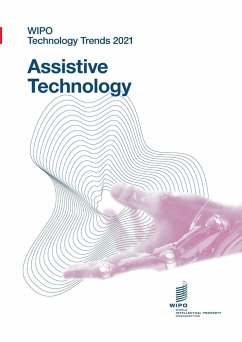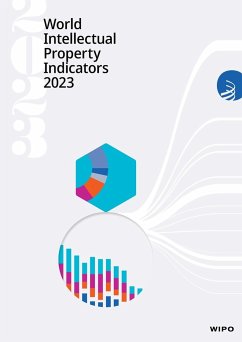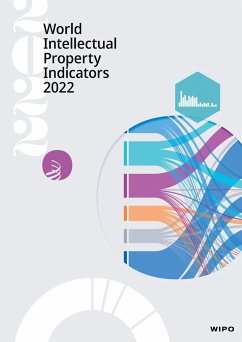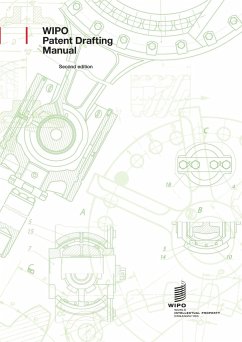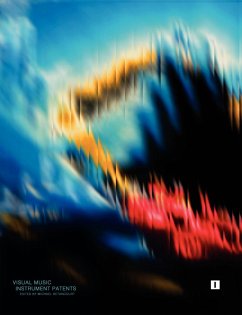
Visual Music Instrument Patents
Volume One
Versandkostenfrei!
Versandfertig in 1-2 Wochen
24,99 €
inkl. MwSt.

PAYBACK Punkte
12 °P sammeln!
Visual Music Instrument Patents Volume One is a collection of primary source documents for visual music instruments, often called "color organs," gleaned from the United States Patent Office. Information about these devices is often only available through the inventor's patent applications, but these applications are not currently available except through the time-consuming process of searching Patent Office databases. This volume is an informational resource for those instruments that are already known and studied (Bishop, Rimington, Wilfred, Fischinger), and includes a number of patents for ...
Visual Music Instrument Patents Volume One is a collection of primary source documents for visual music instruments, often called "color organs," gleaned from the United States Patent Office. Information about these devices is often only available through the inventor's patent applications, but these applications are not currently available except through the time-consuming process of searching Patent Office databases. This volume is an informational resource for those instruments that are already known and studied (Bishop, Rimington, Wilfred, Fischinger), and includes a number of patents for other instruments that have not been examined as thoroughly (Munsell, Hallock-Greenwalt, others). Volume One also includes a few patents that are related to visual music instruments such as systems of notation for writing visual music and devices for determining "color harmony" through a relationship to musical form.




